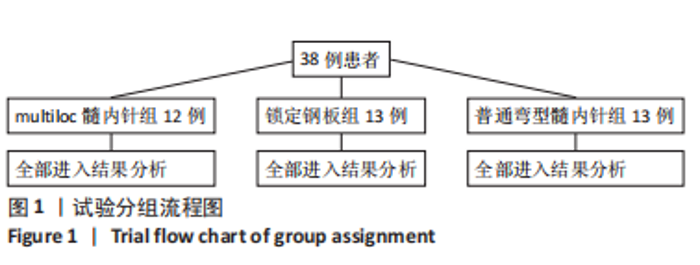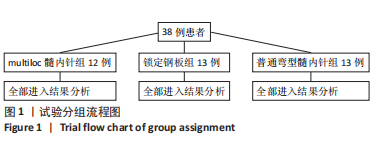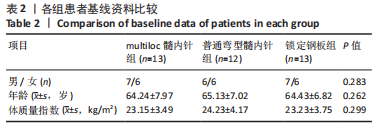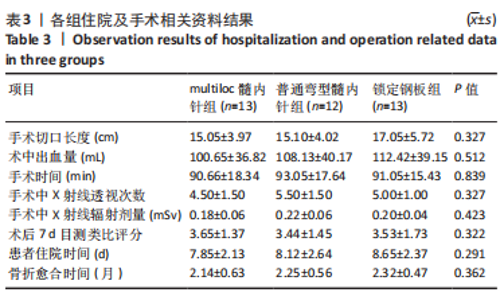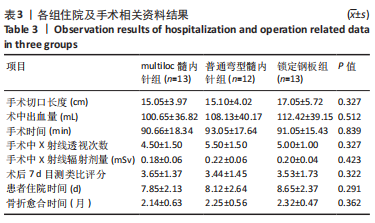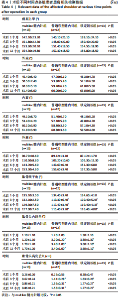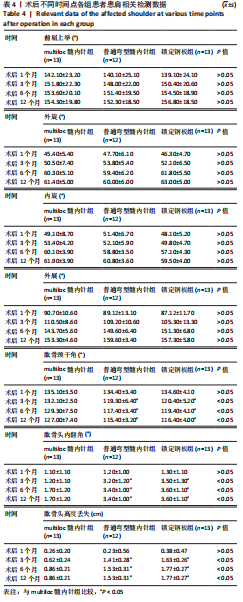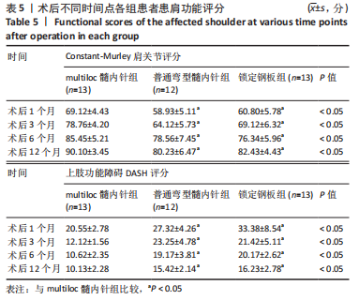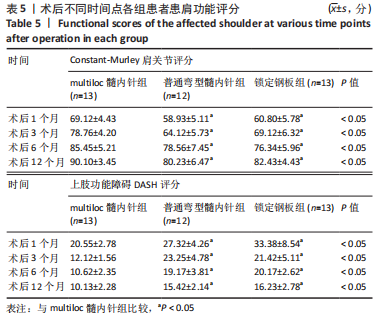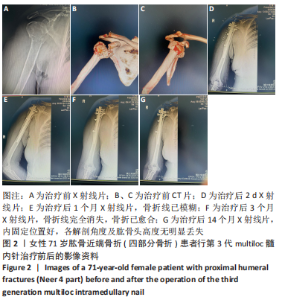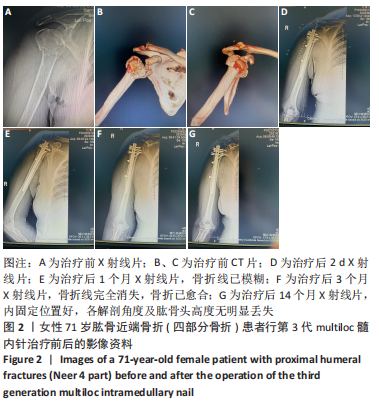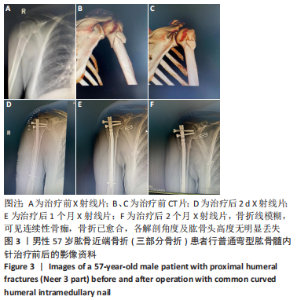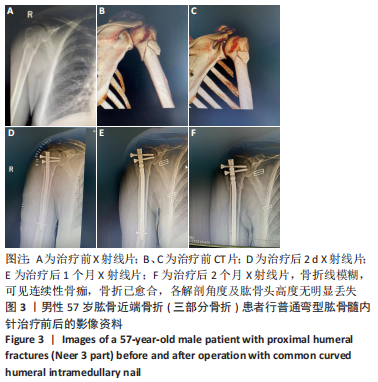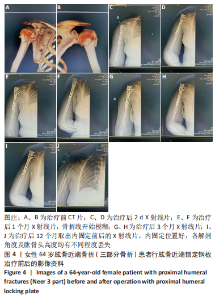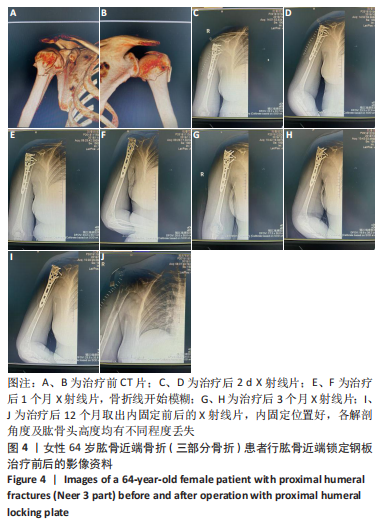[1] BELL JE, LEUNG BC, SPRATT KF, et al. Trends and variation in incidence, surgical treatment, and repeat surgery of proximal humeral fractures in the elderly. J Bone Joint Surg Am. 2011;2:121-131
[2] 林浩东,周军.老年肱骨近端骨折的最佳治疗方案选择[J].中国骨与关节杂志,2018,7(11):801-803.
[3] 许猛子,周君琳,宋华伟,等.Multiloc 髓内钉与 Philos锁定钢板治疗肱骨近端骨折疗效对比研究 [J].国际外科学杂志,2018,45(3): 168-172.
[4] OWSLEY KC, GORCZYCA JT. Fracture displacement and screwcutout after open reduction and locked plate fixation of proximal humeral fractures. J Bone Joint Surg Am. 2008;90(2):233-240.
[5] 高峰,王秀会,周小小,等.交锁髓内钉与锁定钢板内固定治疗Neer2、3 部分肱骨近端骨折疗效比较 [J].中国骨与关节损伤杂志, 2017,32(7):702-705.
[6] LI M, WANG Y, ZHANG Y, et al. Intramedullary nail versus locking plate for treatment of proximal humeral fractures: a meta-analysis based on 1384 individuals. J Int Med Res. 2018;11:4363-4376.
[7] SUN Q, GE W, LI G, et al. Locking plates versus intramedullary nails in the management of displaced proximal humeral fractures: a systematic review and meta-analysis. Int Orthop. 2018;3:641-650.
[8] STEFAANJB, NIJS MD, MARK MD, et al. Proximal humeral fractures: Intramedullary nailing. Tech Orthop. 2013;28:319-323.
[9] YOON RS, DZIADOSZ D, PORTER DA, et al. A comprehensive update on current fixation options for two-part proximal humerus fractures. Injury. 2014;45(3):510-514.
[10] 范智荣,江涛,洪伟武,等. Multiloc 肱骨髓内钉对比 PHILOS 钢板治疗肱骨近端骨折的 Meta 分析[J].中国组织工程研究,2019,23(36): 5896-5904.
[11] 吴晓明,王蕾.浅谈髓内钉治疗肱骨近端骨折的利弊[J].中华肩肘外科电子杂志,2016,11(4):193-196.
[12] HATZIDAKIS AM, SHEVLIN MJ, FENTON DL, et al. Angular-stablelocked intra medullary nailing of two-part surgical neck fractures of the proximal part of humerus.A multicenter retrospective observational study. J Bone Joint Surg Am. 2011;93(23):2172-2179.
[13] 向明,杨国勇,邹义源,等.锁定钢板与髓内钉治疗肱骨近端骨折的疗效比较[J].中华骨科杂志,2017,37(21):1333-1341
[14] 丁裕润,王伟力,马涛,等.锁定钢板与髓内钉治疗老年肱骨近端二、三部分骨折疗效比较[J].临床骨科杂志,2016,19(1):75-78.
[15] 姚晓克,李建华.直型与弯型肱骨髓内钉治疗肱骨近端骨折临床观察[J].临床医药文献杂志,2018,5(15):17-18.
[16] 赖草生,林鸿宽,周之平.multiloc多维锁定肱骨髓内钉对肱骨近端骨患者肩关节功能、抗内翻应力的影响[J].中国医药科学,2020, 10(24):221-223.
|
